In the age of the supermarket, it’s easy to take the things we eat for granted. Food is becoming increasingly far removed from its natural origins, individually plastic-wrapped fruits and convenience foods devoid of vital vitamins and minerals symbolise the disconnect between our ‘food shop’ and where natural, organic, real food comes from.
Choosing to tend your own garden and produce even a small part of your diet at home is, in such an atmosphere, a radical gesture: but as society in general becomes ever more alienated from the natural processes around us, more engaged individuals are discovering that the care they give to non-human life-forms is reciprocated in strange and wonderful ways. The natural world, of which we are still a part, is deeply interconnected. Here’s a beginners guide to companion planting…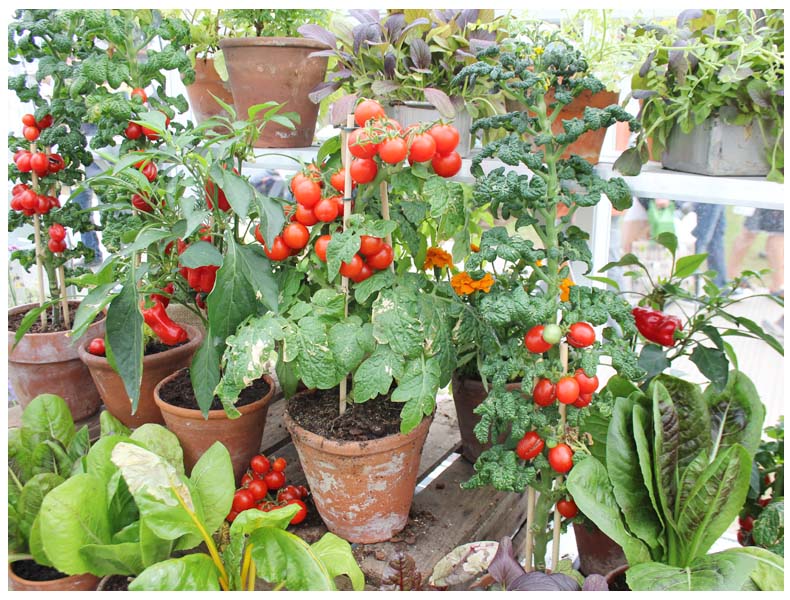
For those who raise their own crops, a great example of this interconnectedness and reciprocal care can be found in the cultivation of complementary plants. What goes on in the air and under the earth of your garden is remarkable. It’s a micro-system of sharing and communication that can be utilized through thoughtful strategizing.
For example, planting particular vegetables or herbs near other particular food plants can improve the flavour of your crop. Other plants will attract helpful insects, or deter pests – which saves you from needing to add more chemicals into the system. Certain plants will provide shelter to smaller plants, while still others can be used to mask the scent of stinkier plants. Let’s take a look at some of the partnerships you can create.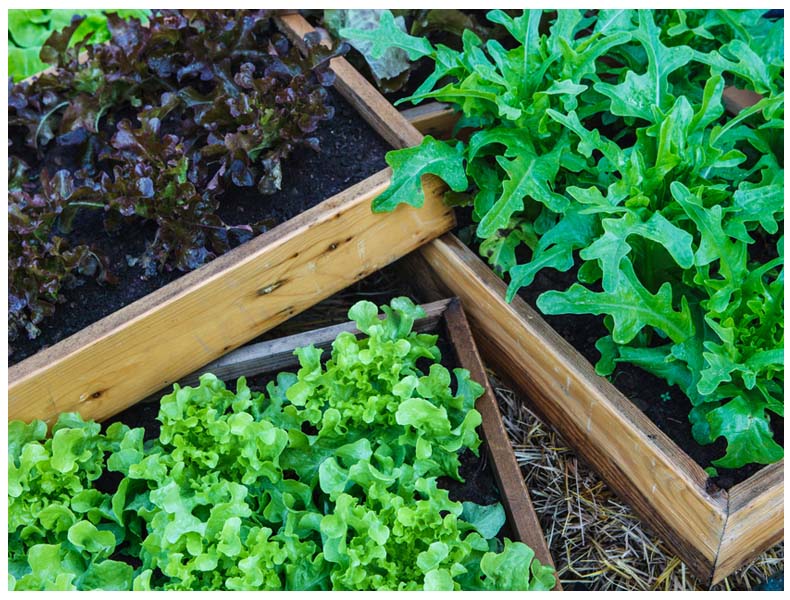
Strawberries: These ‘little old earth men’ like to have plenty of personal space, but it doesn’t mean you need to leave them entirely alone. The borage herb (Borago officinalis) is a particular helper, attracting pollinators who in turn attract critters such as the praying mantis and the wasp, which feed on the kind of pests that can otherwise damage your strawberry crop. Most strawberry farmers reckon borage improves their strawberries’ taste, too.
Leek: The spicy leek has a wonderful relationship with the juicy carrot: each of them has a tendency to be plagued by their own particular breed of fly, but repels those flies that pester the other. Plant carrots and leeks together, and you should see a natural reduction in both carrot flies and onion flies. Keep your beans somewhere else, though, as bean growth seems to be inhibited by the presence of leeks.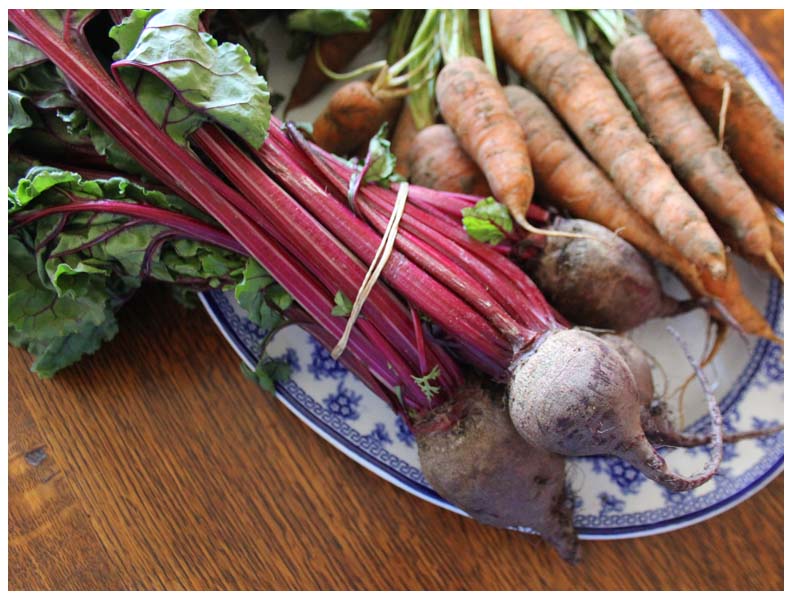
Carrots: If you’re not planting your carrots alongside leeks, you have the go ahead to plant your beans alongside your carrots instead. It’s a one way affair – carrots improve your bean crop, but not vice versa. Sage and chives will help your carrots by repelling flies, as well adding subtle flavour to your veggies. Avoid coriander and dill, though, as these herbs excrete harmful substances in the earth around your precious carrots.
Broccoli: The best broccoli is truly one of nature’s gifts to us. Poorly cultivated or prepared broccoli, on the other hand, is a nightmare that every child carries through to adult life. Rosemary, sage, dill, and mint will all help you grow full, healthy broccoli; chamomile will improve its flavour, as will celery or onions. But please, please, after all this hard work – don’t overcook it!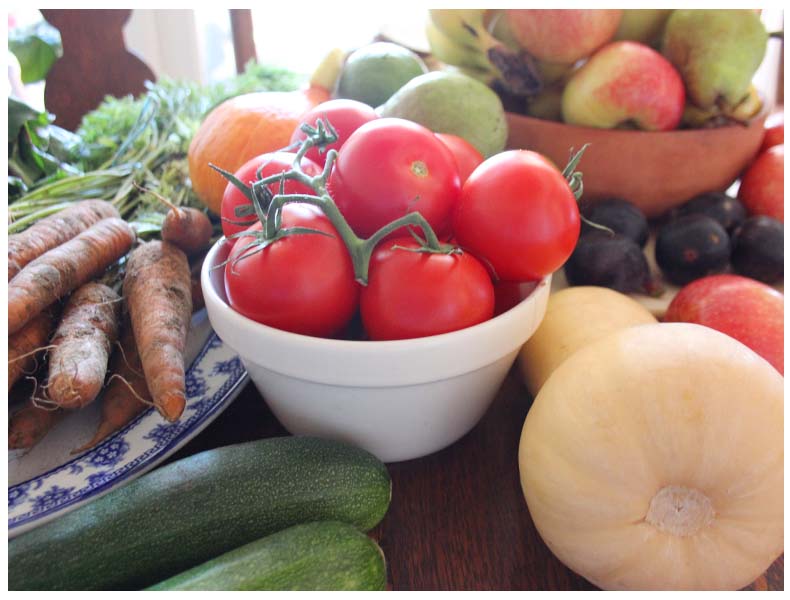
Tomatoes: Toms are a real mainstay of the home gardener. They’re both achievable and, in general, much tastier than the ones you’ll find in the shops. Tomatoes respond very sensitively to the environment, so it’s worth using a variety of breeds in your first crop so you observe which ones will thrive in your garden. One good rule is that if it goes well in tomato soup, it goes well alongside tomato in the earth: basil, carrots, celery and chives will all have benefits for the flavour, with some of these suspects also providing respite from pests and other growth-blights.
Beans: As you’ll already have noticed, beans have a complex relationship with the other foods of your garden. Marigolds are a surprising companion plant for many beans: they deter beetles and other insect pests, as well as producing a substance that suppresses the microscopic worms that blight the roots of so many promising young bean crops. The leek is not the only food that doesn’t get along with beans: all members of the allium family – including garlic, the onion, and the scallion – will keep your beans from growing into big strong soup fodder.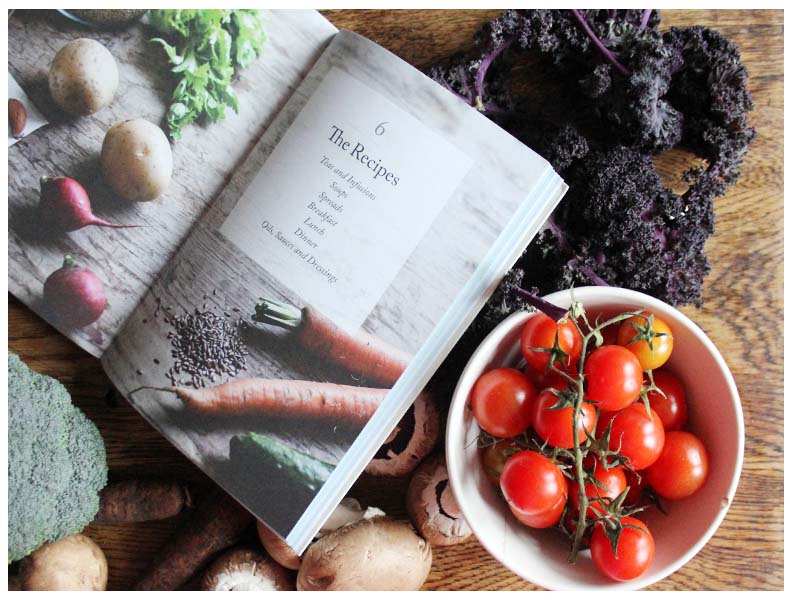
Garlic: If it doesn’t get along so well with beans, in general garlic is super-helpful in the garden. It deters pests and repels hungry insects like aphids, and the sulphur that it accumulates can function as a natural fungicide. It will keep ants and snails off your roses, too.
Potatoes: Basil, parsley and thyme can all spice up the sturdy old potato, so these make for good companions. Nightshade plants such as eggplant, peppers and tomatoes suffer from the same diseases as potatoes so it is best to keep them apart in your garden. Raspberries and sunflowers are also thought to inhibit potato growth, although nobody really knows why.
Sunflowers: A sunflower brightens up any garden: grow it big, strong and bright, and it will repay you with that iconic glowing smile we know and love, not to mention its healthy seeds. The sunflower will also help out your cucumbers by repelling beetles and aphids while attracting more beneficial predators to keep pests at bay.
Cucumbers: The cucumber is a bold and confident plant that can rather tend to take over your garden. Luckily, they’re also pretty friendly, and a healthy cucumber will pay back by adding nitrogen to the soil – which is great for peas and beans. Potatoes should be kept apart, though, since otherwise they will compete for the same nutrients and water.
As you see, it’s a real soap opera in your garden – but learning to put complementary plants together can be rewarding for the eye, the belly and the soul.
‘Our task must be to free ourselves by widening our circle of compassion to embrace all living creatures and the whole of nature and its beauty’ -Albert Einstein
Christine





Leave a Reply